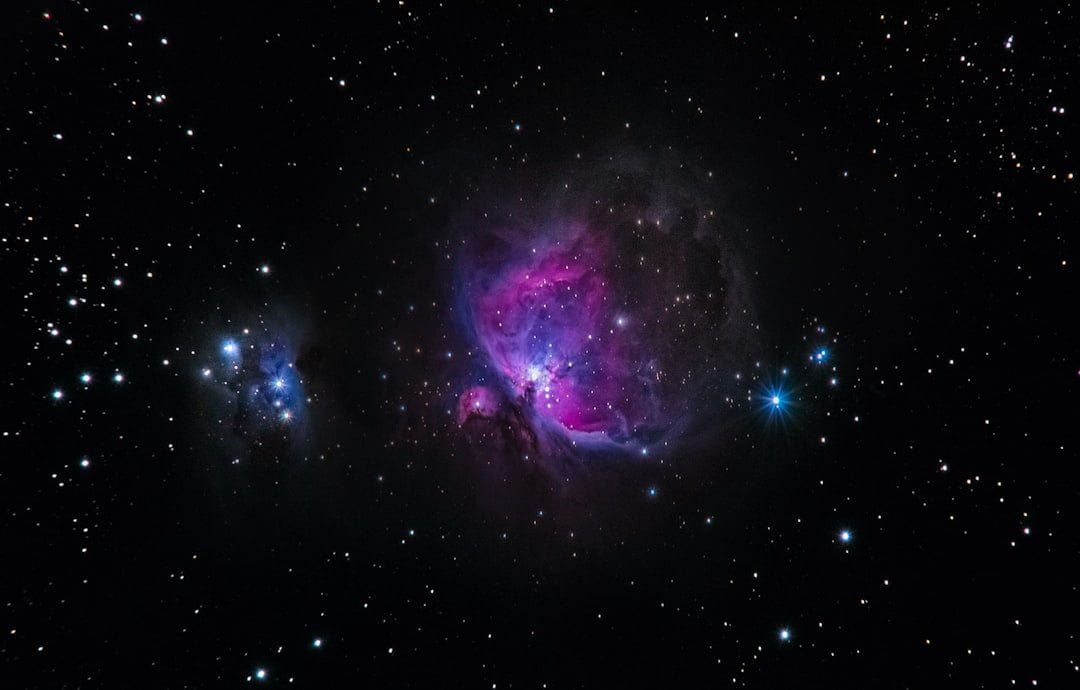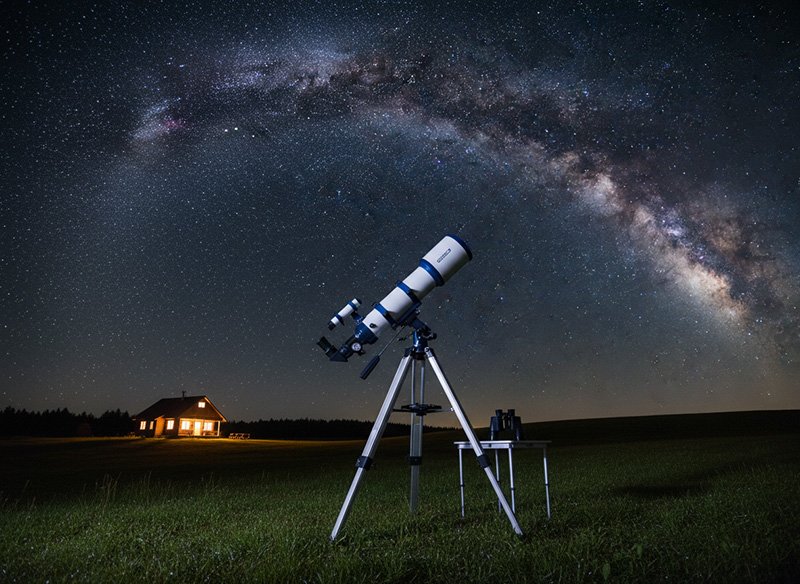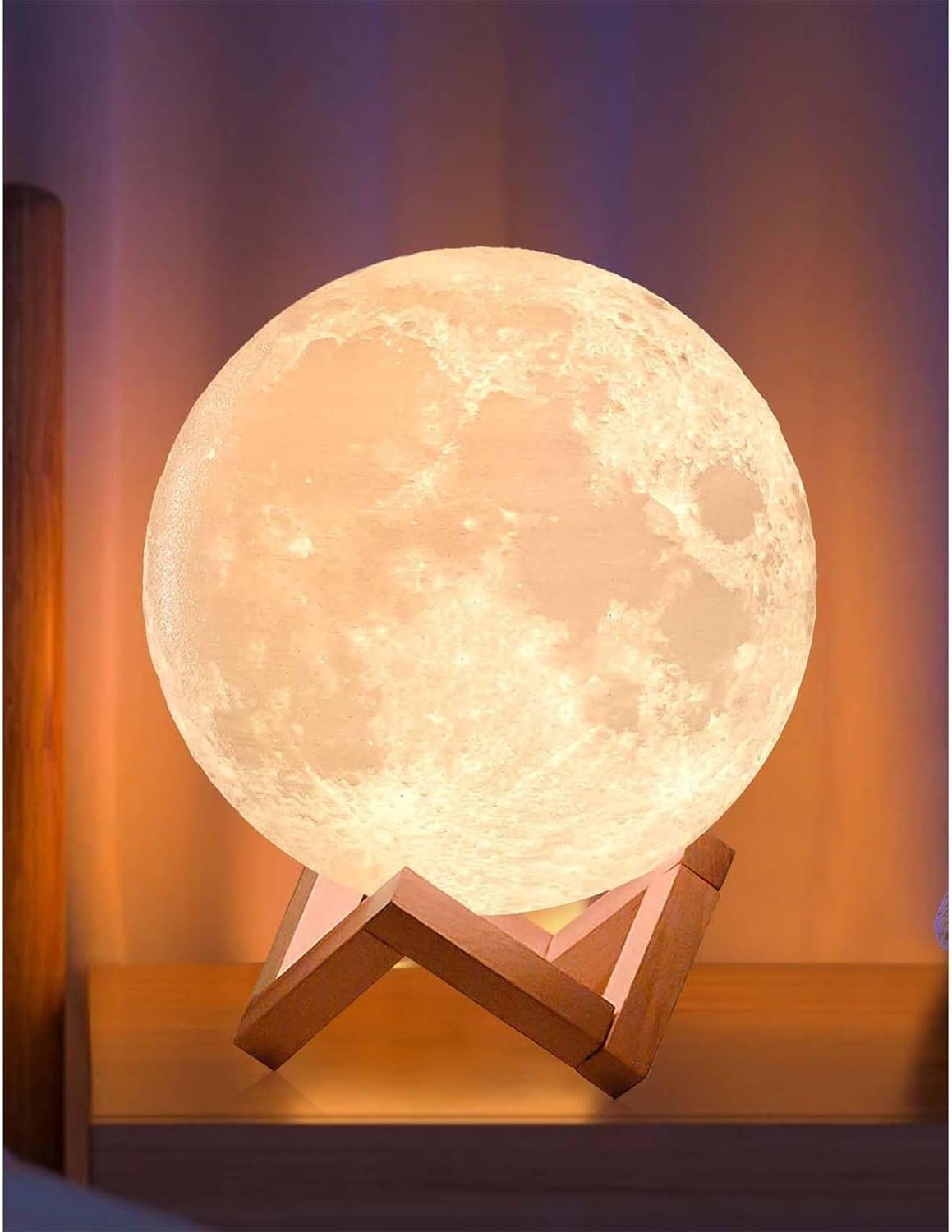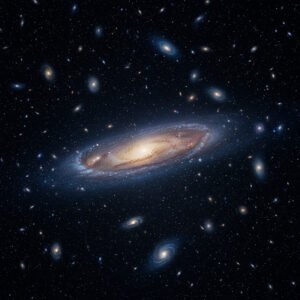Key Takeaways
- Stars twinkle due to atmospheric distortion (scientifically known as scintillation).
- The twinkling is more prominent closer to the horizon due to more atmosphere to pass through.
- Planets generally do not twinkle because their light appears as a disk rather than a point.
- The phenomenon is a visual effect caused by Earth’s atmosphere, not an intrinsic change in starlight.
- Understanding twinkling helps astronomers choose better observation times and locations.
What Happens When Stars Twinkle?
When you look up on a clear night, you may notice that stars seem to sparkle or change brightness. This isn’t because stars are flickering like candles, but because of a phenomenon called scintillation — an effect caused by the Earth’s turbulent atmosphere.
As starlight travels from space into Earth’s atmosphere, it encounters layers of air with different temperatures and densities. These variations bend or refract the light in various directions, making the star appear to shift position or flicker.
This explains why stars twinkle more when they are near the horizon: their light travels through more atmosphere, increasing the chances of distortion.
The Science of Scintillation
- Scintillation is the technical term for the apparent twinkling of stars.
- It results from turbulent air currents in Earth’s atmosphere.
- Each gust or cell of air acts like a mini lens, bending the light momentarily.
Why Do Stars Twinkle But Planets Don’t?

This is one of the most common follow-up questions people ask.
Stars vs Planets: Key Differences
| Feature | Stars | Planets |
|---|---|---|
| Distance | Extremely far (light-years) | Relatively close (AU) |
| Apparent Size | Point source of light | Small visible disk |
| Twinkling | Yes (due to scintillation) | Rarely (if very close to horizon) |
Stars twinkle because they appear as single points of light. Their narrow beam of light is more easily affected by air disturbances.
Planets, on the other hand, appear as small disks. Their light comes from a wider area, so different parts average out the distortions, making them appear more stable.
Why Do Stars Twinkle More at Night and Near the Horizon?
You might observe that stars twinkle more just after sunset, or when they’re low in the sky. That’s because:
- More Atmosphere: The lower a star is, the thicker the slice of atmosphere its light travels through.
- More Turbulence: Near the horizon, heat from the ground, buildings, and even roads contributes to more unstable air.
- Shorter Wavelengths: Blue and white stars twinkle more because shorter wavelengths scatter more easily.
This is why many observatories are built in high altitudes and remote locations — to minimize atmospheric interference.
Can Stars Actually Change Brightness?

Yes, but it’s not what we see when we talk about “twinkling.”
Intrinsic vs Apparent Brightness
- Apparent Twinkling is a visual illusion caused by Earth’s atmosphere.
- Real Brightness Changes happen in a special class of stars called variable stars.
These changes happen over days, months, or years — not seconds. Some famous variable stars include:
- Cepheid Variables (used to measure distances in space)
- Mira Variables (long-period red giants)
How Do Astronomers Deal with Twinkling?
Twinkling may be romantic, but it’s a major nuisance in astronomy.
Solutions to Atmospheric Distortion:
- Adaptive Optics: Advanced telescopes use real-time data to adjust mirror shapes and cancel out distortion.
- Space Telescopes: Observatories like Hubble avoid the issue entirely by being in space.
- Site Selection: Telescopes are often placed on mountains or deserts for stable air conditions.
Real-world example: The European Southern Observatory (ESO) in Chile uses all three methods to reduce twinkling in its observations.
What Is “Astronomical Seeing” and Why It Matters?
Astronomical seeing is a term astronomers use to describe how much atmospheric turbulence affects image quality.
Seeing Conditions Are Measured By:
- Arcseconds: The smaller, the better. (Good seeing < 1 arcsecond)
- Fried parameter (r0): A measure of atmospheric coherence.
These terms help astronomers choose the best observing nights and locations. Better “seeing” = less twinkling = clearer data.

Real-World Use: Can Twinkling Help Identify Stars and Planets?
Absolutely. If you want to know whether a bright object in the sky is a star or planet, check for twinkling:
- If it twinkles constantly, it’s likely a star.
- If it shines steadily, it’s probably a planet (like Venus or Jupiter).
This simple trick has been used by amateur stargazers for centuries.
FAQs: Why Do Stars Twinkle?
Do stars twinkle in space?
No. Stars do not twinkle in space because there’s no atmosphere to distort the light.
Why do stars change colors when they twinkle?
This is due to atmospheric dispersion. Different wavelengths of light bend at slightly different angles, creating rainbow-like effects.
Why do stars twinkle more on hot nights?
Because rising warm air increases atmospheric turbulence. More turbulence = more scintillation.
Is twinkling a sign of a dying star?
No. Twinkling is caused by Earth’s atmosphere, not the star’s life stage.
Can twinkling affect astronomical data?
Yes. Twinkling can distort measurements, which is why astronomers prefer high-altitude or space-based telescopes.
























